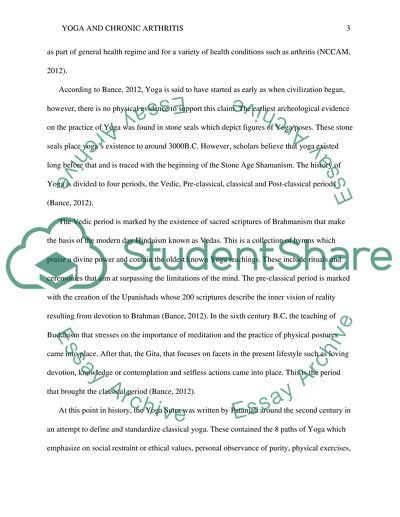Cite this document
(“Yoga and Chronic Arthritis Research Paper Example | Topics and Well Written Essays - 2000 words”, n.d.)
Retrieved from https://studentshare.org/health-sciences-medicine/1450320-yoga
Retrieved from https://studentshare.org/health-sciences-medicine/1450320-yoga
(Yoga and Chronic Arthritis Research Paper Example | Topics and Well Written Essays - 2000 Words)
https://studentshare.org/health-sciences-medicine/1450320-yoga.
https://studentshare.org/health-sciences-medicine/1450320-yoga.
“Yoga and Chronic Arthritis Research Paper Example | Topics and Well Written Essays - 2000 Words”, n.d. https://studentshare.org/health-sciences-medicine/1450320-yoga.


